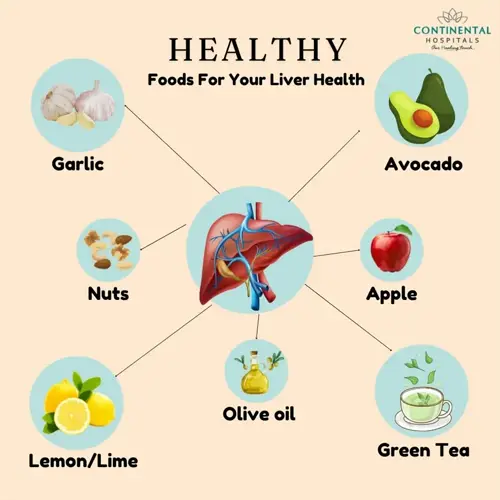Can light boxes replace sunlight for vitamin D?

Written by
David Nelson
Reviewed by
Prof. Graham Pierce, Ph.D.Contrary to popular belief, light therapy boxes do not serve as a substitute for sunlight in vitamin D production. These boxes emit visible wavelengths of light aimed at regulating circadian rhythms, not UVB, which is necessary for the skin to produce vitamin D naturally. The UVB rays needed for this process are omitted in specially designed lamps for safety.
Wavelength Composition
- Light boxes filter out all UVB radiation preventing skin synthesis
- Natural sunlight contains full spectrum including essential UVB
- Therapeutic devices prioritize visible light between 460-490 nm
Biological Functions
- Light therapy regulates melatonin/serotonin for mood improvement
- Sun exposure triggers cholesterol conversion to vitamin D3
- These are distinct biological pathways requiring different stimuli
Manufacturers intentionally eliminate UV wavelengths from therapeutic devices. This is done to protect users from skin hazards and eye risks during daily sessions. The filtered light safely imitates the visible spectrum of sunlight, excluding the ultraviolet components that are essential for vitamin synthesis.
There are effective sources of vitamin D other than sun exposure. Foods rich in vitamin D include fatty fish, fortified dairy products, and egg yolks; supplements can also be effective, especially during the winter months when there is less sunshine.
Avoid using tanning beds for the purpose of vitamin D or mood improvement. Tanning beds give off uncontrolled UVA/UVB radiation and skyrocket your risks of skin cancer. Light therapy is still better for seasonal affective disorder and does not expose you to cancer-causing agents.
Test your vitamin D levels annually if you are concerned about a deficiency. Doctors can recommend appropriate supplementation based on the results of blood work. Combine light therapy with a balanced diet for comprehensive winter wellness.
Read the full article: Light Box Therapy Essentials Guide

